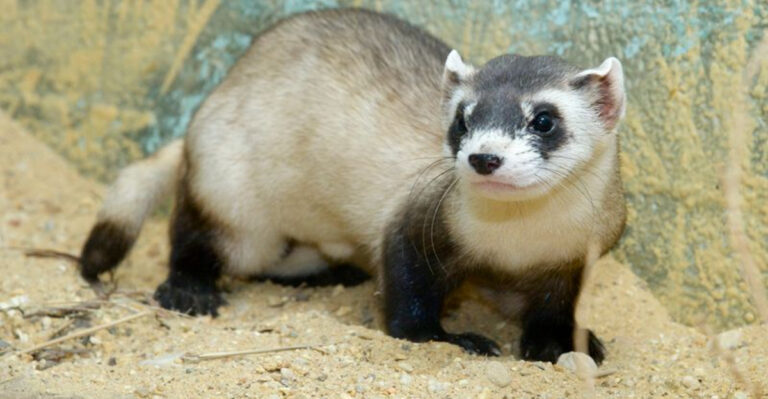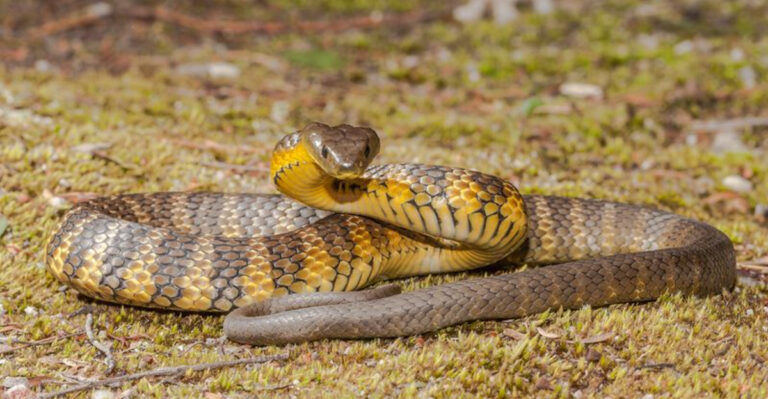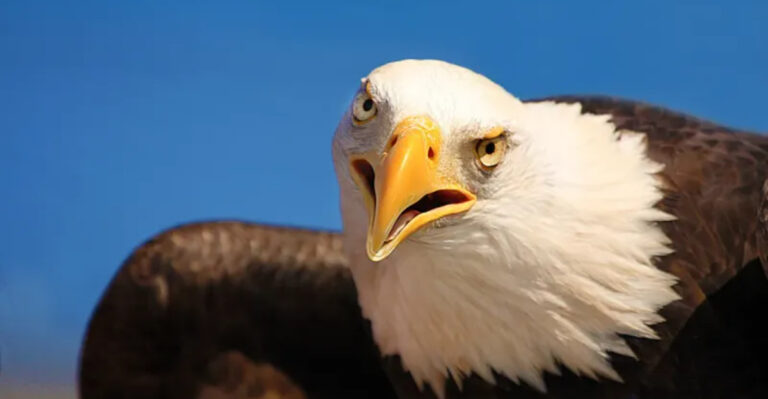How Wolves Helped Restore Yellowstone’s Ecosystem
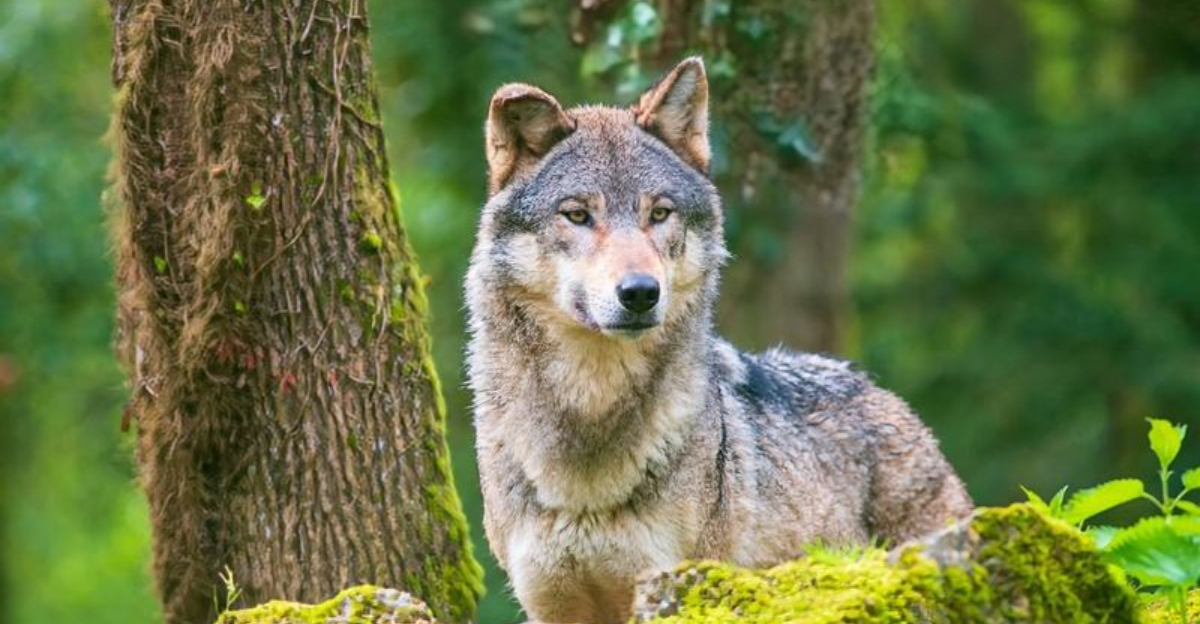
The Return of Yellowstone’s Wolves. In the 1920s, a campaign to exterminate wolves in Yellowstone succeeded. But their reintroduction in the 1990s has since sparked a remarkable ecological transformation.
1. Wolves Were Reintroduced In The ’90s
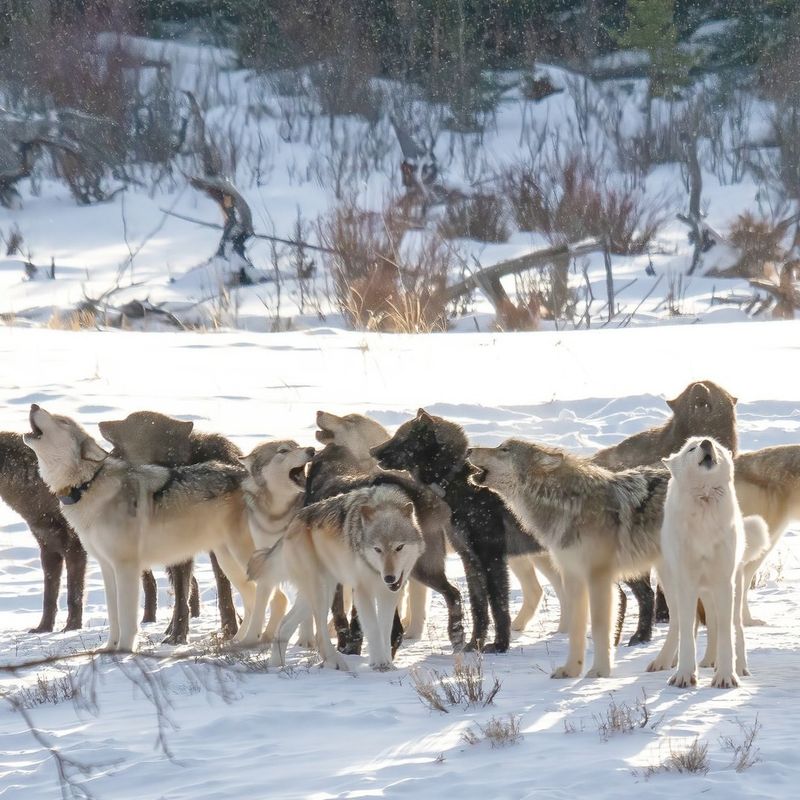
In the early 1990s, wolves were reintroduced to Yellowstone National Park after being absent for over 70 years. This move was part of a broader conservation effort aimed at restoring the natural balance of the park’s ecosystem. The absence of wolves had led to an overpopulation of elk, which heavily grazed on the park’s vegetation, particularly willows and aspens. With the reintroduction, an immediate impact was observed on the elk population, which began to decline gradually.
The presence of wolves introduced a new dynamic to Yellowstone. Predation pressure from wolves forced elk to change their behavior and grazing patterns. Instead of remaining in one area and overgrazing, elk began to move more frequently, allowing vegetation to recover in many regions.
The reintroduction project faced challenges, including opposition from local ranchers concerned about livestock losses. However, the ecological benefits soon became evident, and the project is now considered a major success in conservation history. This success story highlights the importance of top predators in regulating ecosystems.
2. Vegetation Recovery And Elk Control
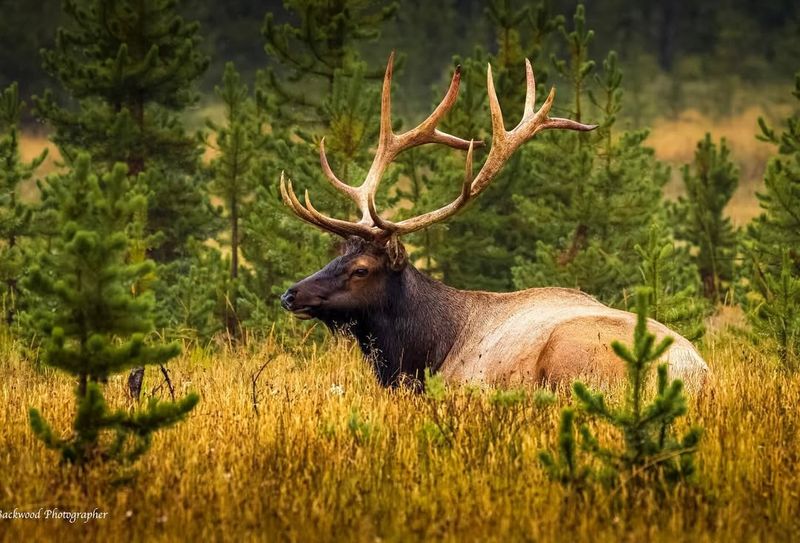
The reintroduction of wolves into Yellowstone had profound effects on vegetation recovery across the park. With wolves back in the ecosystem, the elk population faced new predation threats, leading them to alter their grazing habits significantly. Previously, elk would overgraze certain areas, depleting willow and aspen populations.
With wolves hunting them, elk started avoiding specific areas, especially near riverbanks where they were most vulnerable. These changes allowed for the regeneration of plants and trees that had been previously overgrazed. As a result, the landscape began to transform, with lush vegetation returning to areas that had been barren for decades.
The resurgence of vegetation provided habitat for various species, including birds and beavers, which further perpetuated the positive changes throughout the ecosystem. The relationship between predators and prey demonstrated the critical role of wolves in maintaining the ecological equilibrium and ensuring a diverse and balanced habitat.
3. Expanding Biodiversity
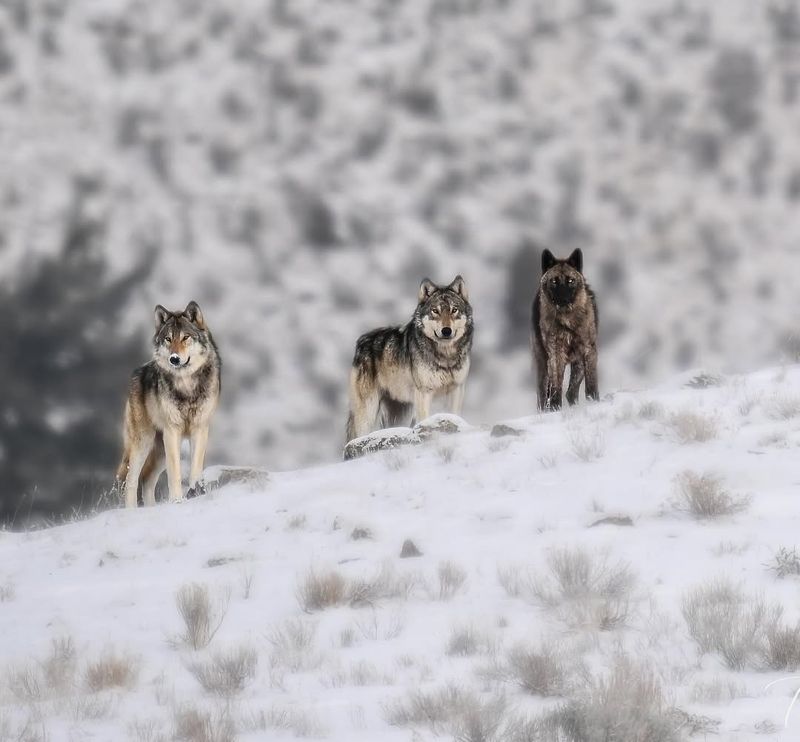
Wolves have played a pivotal role in expanding biodiversity within Yellowstone. Their presence influences not just the elk population but a wider range of species. By controlling the elk population, wolves allowed for the recovery of vegetation, which in turn supported a richer variety of life.
The regrowth of plants has led to increased numbers of insects, birds, and small mammals. Species such as beavers have also benefited from the recovery of willow and aspen trees, providing them with materials to build dams, which create wetland habitats. These wetlands are crucial for amphibians and aquatic life, fostering greater diversity in the region.
Furthermore, the presence of carrion from wolf kills supports scavengers like ravens and bears, distributing nutrients throughout the ecosystem. This cascading effect underscores the critical role of apex predators in nurturing a vibrant and diverse ecological community. The reintroduction of wolves has thus been a catalyst for an impressive resurgence of biodiversity throughout Yellowstone.
4. The Role Of Riparian Areas
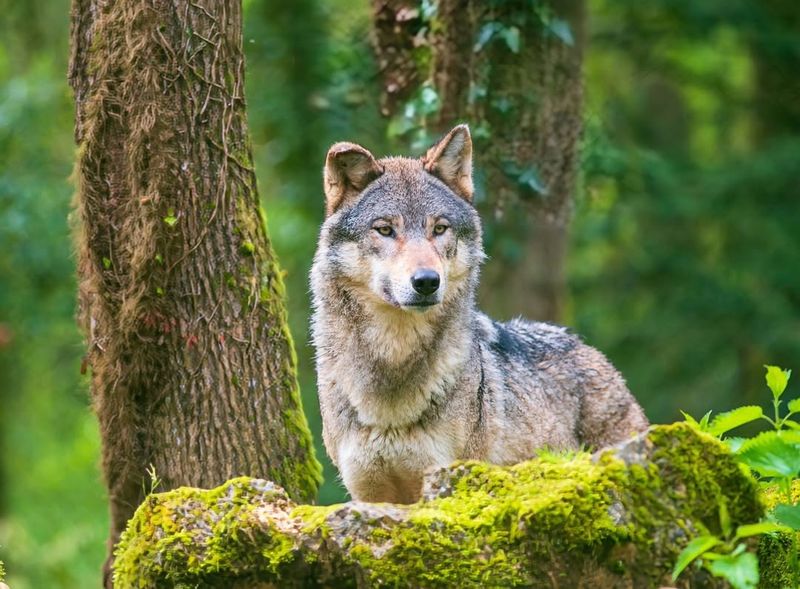
Riparian areas, the interfaces between land and rivers, have greatly benefited from the reintroduction of wolves in Yellowstone. These areas are crucial for maintaining the ecological health of a region, providing habitat for wildlife, stabilizing riverbanks, and influencing water quality.
Before the reintroduction, elk frequently overgrazed these lush areas, severely impacting plant life and leading to increased erosion and sedimentation in rivers. With wolves now preying on elk, these animals avoid riparian zones, allowing vegetation to rebound and stabilize the soil along the riverbanks.
This stabilization has improved water quality and reduced sedimentation, benefiting aquatic species and enhancing the entire aquatic ecosystem. The healthier riparian zones have also become havens for diverse wildlife, including birds, amphibians, and insects, all of which contribute to the ecological richness of Yellowstone. The wolves’ indirect impact on these critical areas highlights the profound influence apex predators have on ecosystem functionality.
5. How Wolves Changed The Rivers
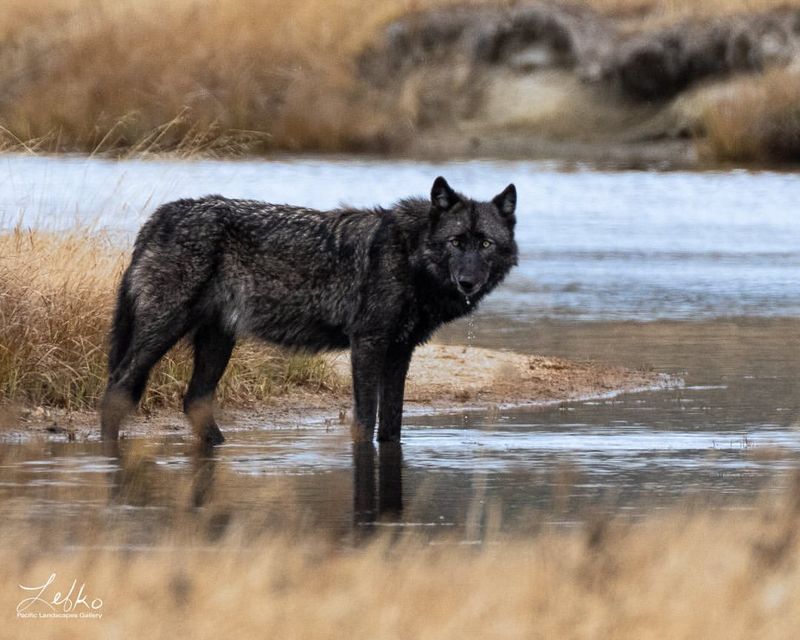
The reintroduction of wolves in Yellowstone has led to fascinating changes in the park’s river systems, showcasing the concept of a trophic cascade where predators indirectly influence the entire ecosystem. As wolves controlled the elk population, it led to less grazing pressure on vegetation, particularly along riverbanks.
With less grazing damage, riverbank plants began to flourish, stabilizing the soil and reducing erosion. This stabilization resulted in clearer rivers, improved water quality, and healthier aquatic habitats. The transformation of these rivers has bolstered the diversity of aquatic species and improved the overall health of the ecosystem.
Furthermore, the stronger vegetation along riverbanks has created more shaded, cooler water, which is beneficial for fish species. These positive changes illustrate the unexpected ways in which the reintroduction of a key predator can reshape entire landscapes and ecosystems, emphasizing the interconnectedness of life within Yellowstone.
6. Assessing The Recovery Impact
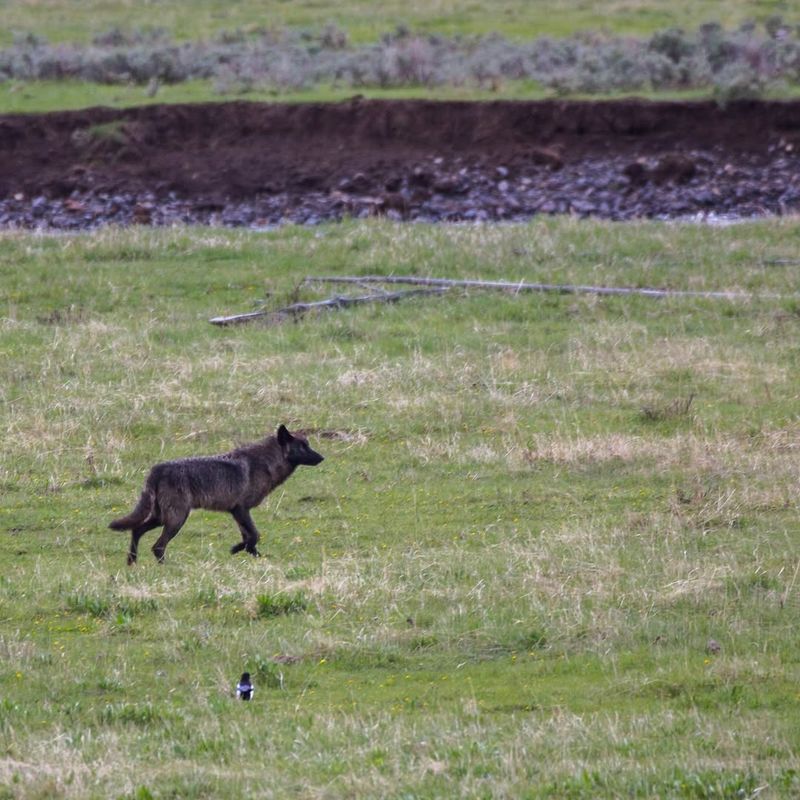
The reintroduction of wolves into Yellowstone has provided a unique opportunity for scientists to assess the broader impacts of predator-prey dynamics on ecosystems. Researchers have conducted numerous studies to understand the full scope of ecological changes brought about by wolves.
The data collected shows significant improvements in vegetation recovery, biodiversity enhancement, and water quality. These studies also highlight the complexities of ecological interactions and the importance of maintaining predator populations to sustain healthy ecosystems. Findings indicate that the presence of wolves has not only controlled elk numbers but also contributed to the resurgence of various plant and animal species.
While successful, the recovery is an ongoing process. Continued monitoring and research are crucial to understanding long-term impacts and ensuring the sustained health of Yellowstone’s ecosystem. This work is vital for informing conservation strategies both within the park and in similar ecosystems around the world, demonstrating the critical role of science in ecological restoration efforts.
7. The Recovery Will Be Slow
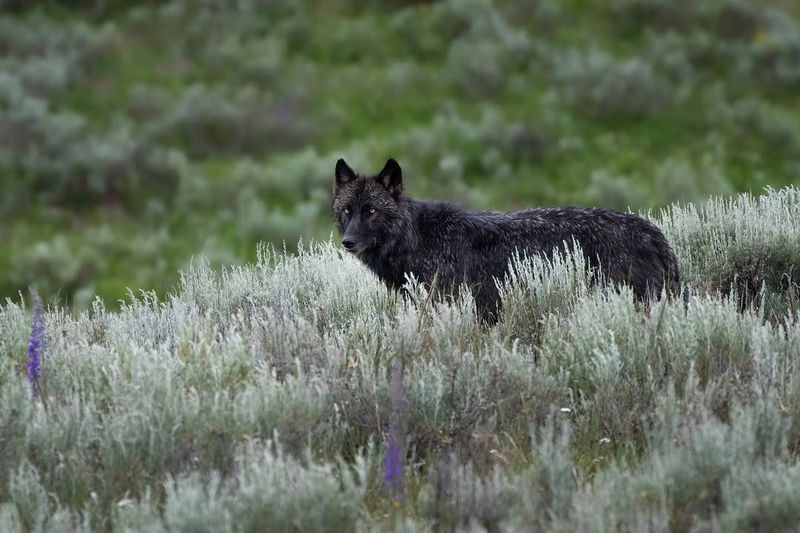
While the reintroduction of wolves to Yellowstone has sparked substantial ecological changes, the recovery process is inherently gradual. Ecosystems are complex and respond to changes over extended periods. The initial impacts, such as vegetation recovery and the decrease in elk numbers, have been positive, but the full restoration of the ecosystem will take time.
Factors such as climate change, human intervention, and unforeseen ecological shifts can influence the pace of recovery. Conservationists emphasize the need for patience and continued support for the reintroduction program. This gradual approach allows scientists to observe natural processes, adapt strategies as needed, and ensure sustainable progress.
The slow recovery also reflects the intricate balance within ecosystems, where each species plays a vital role. Recognizing this interdependence is crucial for developing effective conservation measures and underscores the enduring importance of wolves in shaping a resilient Yellowstone.
8. Broader Implications For Conservation
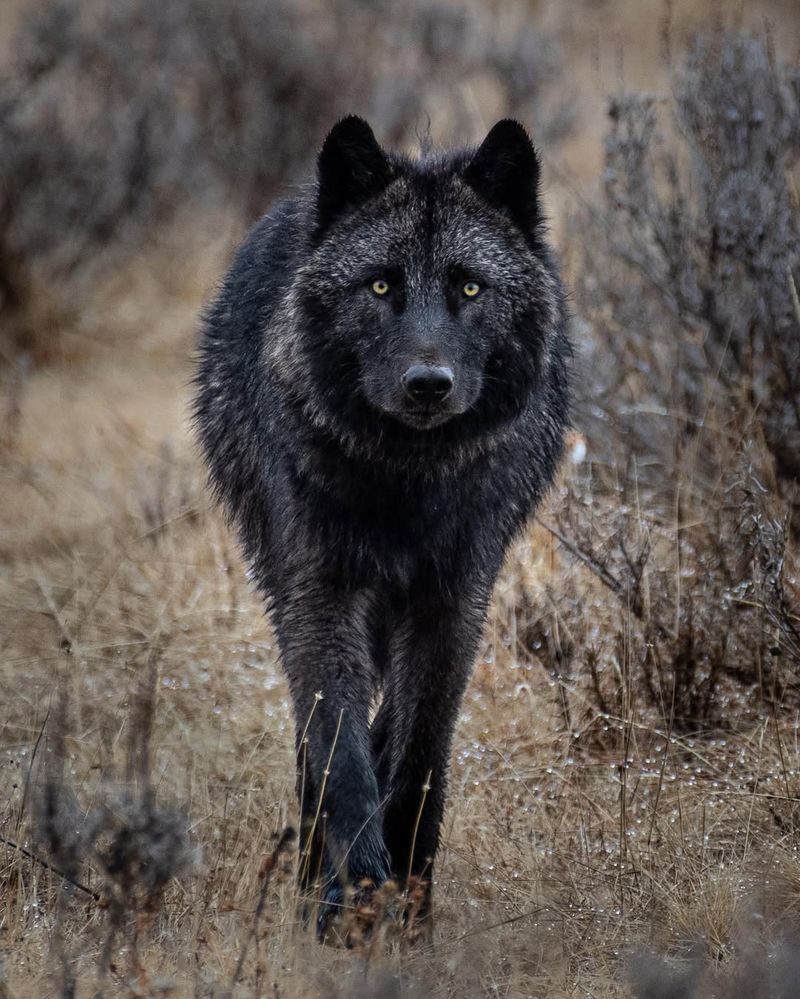
The success of wolf reintroduction in Yellowstone has broader implications for conservation practices worldwide. It serves as a compelling example of how restoring top predators can lead to positive ecological changes, inspiring other rewilding projects.
The case of Yellowstone demonstrates the importance of considering the entire ecosystem when implementing conservation strategies. It highlights the need for collaborative efforts among scientists, policymakers, and local communities to achieve sustainable outcomes. The lessons learned here are being applied to other regions seeking to restore natural balances and enhance biodiversity.
Moreover, this success emphasizes the role of apex predators in maintaining ecological integrity, offering valuable insights for global conservation policies. As more regions look to implement similar strategies, Yellowstone’s experience provides a blueprint for integrating scientific research with practical conservation efforts, ensuring that ecosystems can thrive amidst modern challenges.
9. Overall Role Of Predators In Ecosystem Architecture
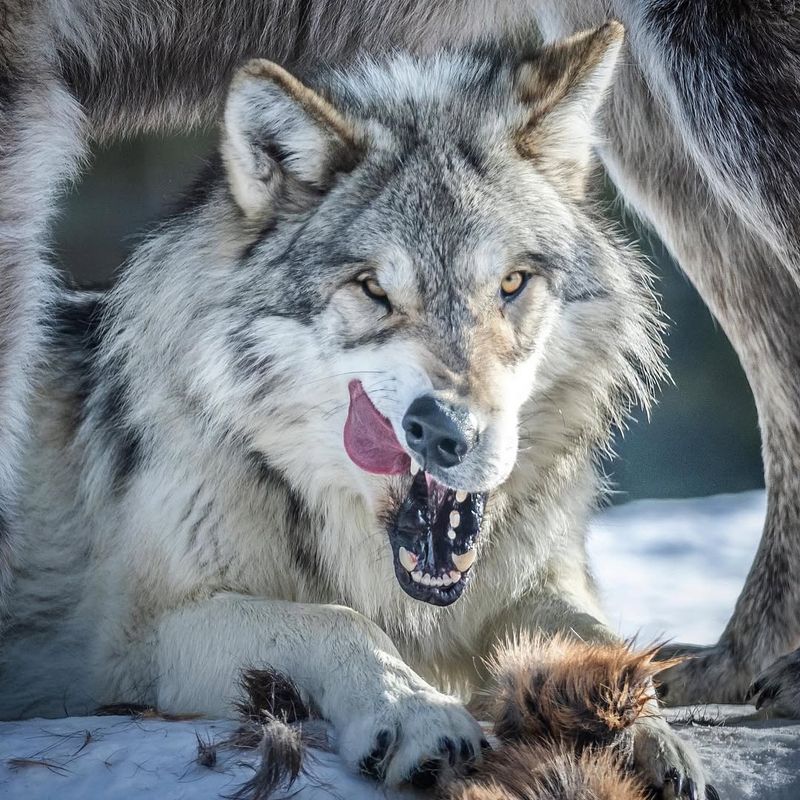
The reintroduction of wolves to Yellowstone has underscored the critical role predators play in shaping ecosystem architecture. Predators, such as wolves, regulate the populations of herbivores like elk, preventing overgrazing and allowing vegetation to flourish.
This regulation has cascading effects throughout the ecosystem, influencing species diversity, habitat structure, and resource availability. The presence of wolves has demonstrated how apex predators maintain the balance and health of their habitats, ensuring that ecosystems function optimally.
Understanding the role of predators in ecosystem dynamics is essential for effective conservation efforts. It provides insight into how natural processes operate and the importance of preserving predator populations to sustain ecological stability. The lessons from Yellowstone remind us of the profound impact that predators have in maintaining the intricate web of life.
10. A Blueprint For The Future Of Conservation
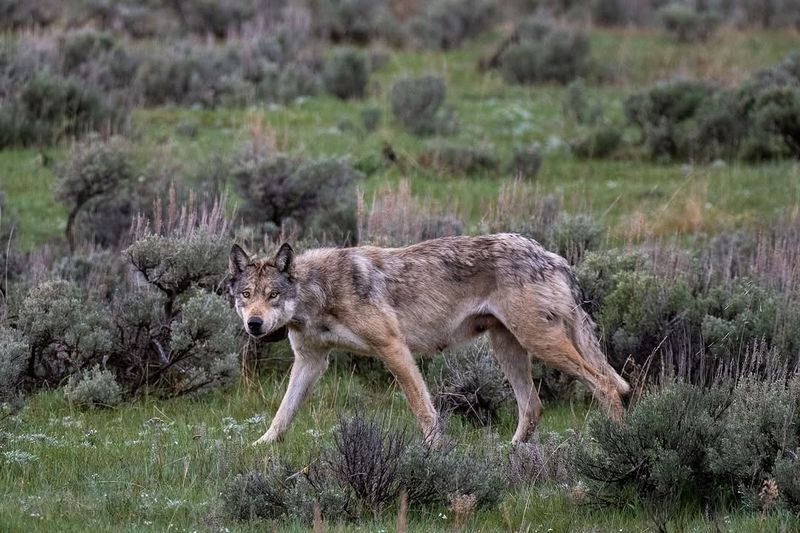
Yellowstone’s experience with wolf reintroduction offers a blueprint for future conservation initiatives worldwide. It illustrates the potential for restoring natural ecosystems through the reintroduction of key species and provides a roadmap for tackling similar challenges in other regions.
The lessons learned from this project highlight the importance of holistic approaches that consider ecological, social, and economic factors. Collaboration among scientists, government agencies, and local communities is crucial for achieving lasting results and fostering community support for conservation efforts.
This blueprint encourages innovative thinking and adaptability in conservation strategies, emphasizing the need for ongoing research and monitoring. By learning from Yellowstone’s success, other regions can develop tailored solutions that enhance biodiversity, promote ecological resilience, and secure a sustainable future for the planet’s natural resources.

